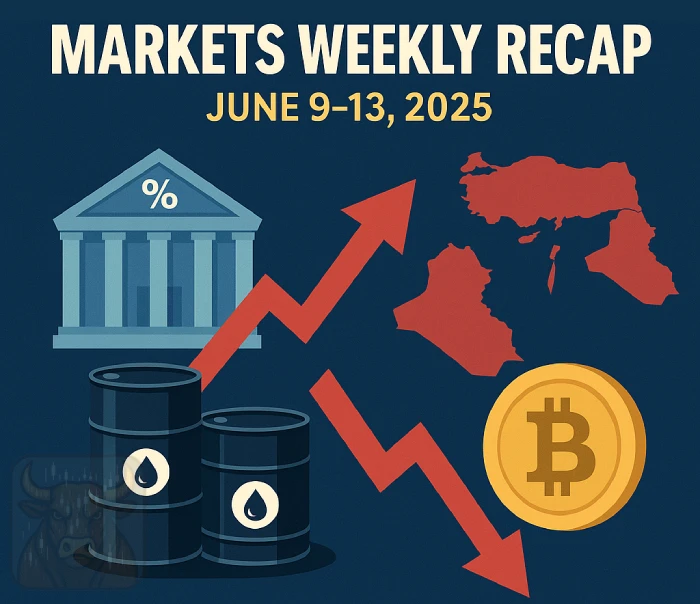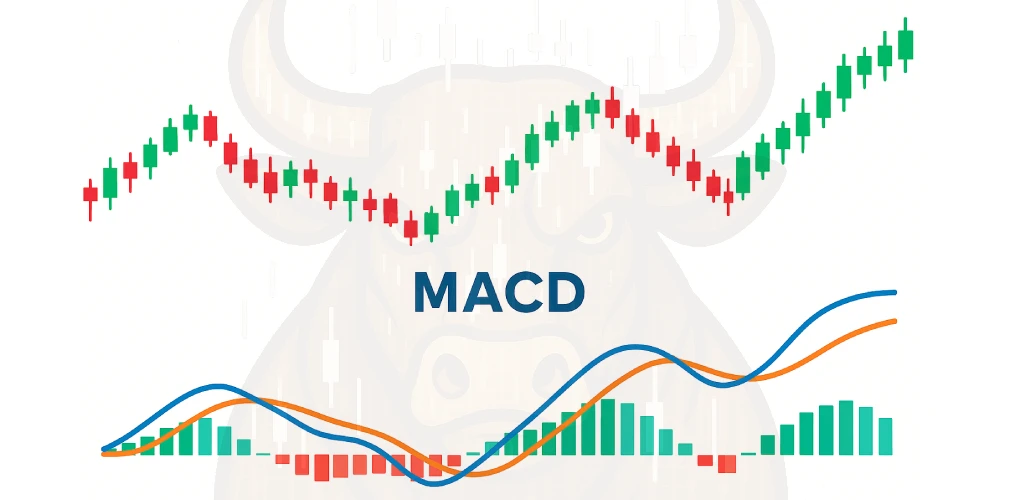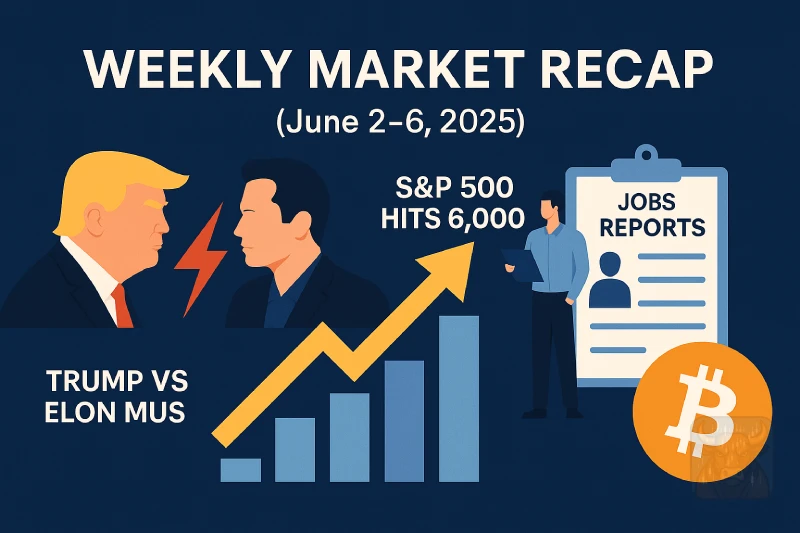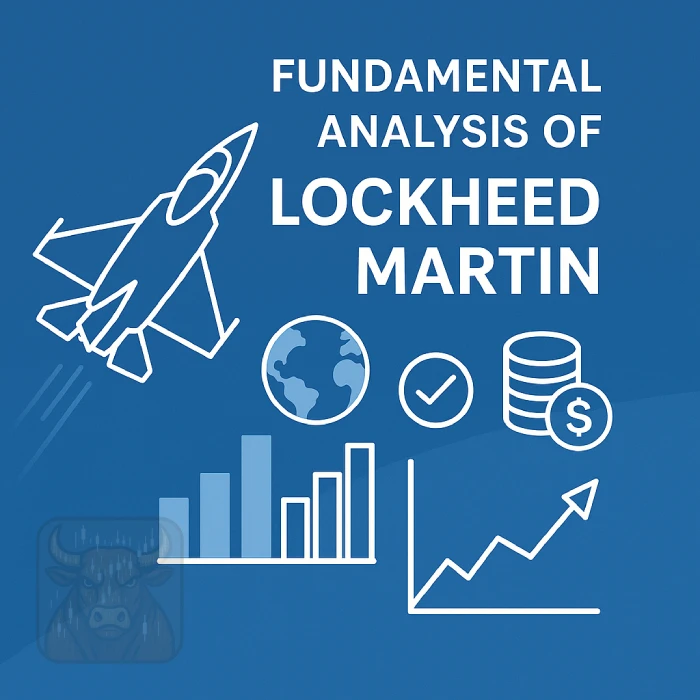Disclaimer: This article is for informational purposes only and does not constitute investment advice.

🚗 Tesla Fundamental Analysis (May 2025): Is It Still a Buy?
🏢 Company Overview
✔ Full Name and Ticker: Tesla, Inc. (TSLA)
✔ Sector and Subsector: Automotive → Electric Vehicles; Renewable Energy → Energy Storage & Solar
✔ Primary Country of Operation: United States
✔ Business Model Summary: Tesla operates a vertically integrated model, overseeing the design, manufacturing, and direct sales of electric vehicles (EVs), energy storage solutions, and solar energy products. This integration allows Tesla to control the entire value chain, from production to customer delivery, enhancing efficiency and innovation.
✔ Key Products and Services: Tesla’s product lineup includes electric vehicles like the Model S, Model 3, Model X, Model Y, and the Cybertruck. In the energy sector, Tesla offers the Powerwall, Megapack, Solar Roof, and solar panels. Additionally, Tesla provides services such as vehicle insurance, maintenance, and access to its Supercharger network.
✔ Revenue Breakdown by Segment (Q1 2025):
- Automotive Sales: $14.0 billion (72.5%)
- Energy Generation and Storage: $2.73 billion (14.1%)
- Services and Other: $2.6 billion (13.4%)
(Moomoo, Wikipedia)
✔ Geographic Revenue Distribution (2024):
- United States: $47.7 billion (48.9%)
- China: $20.9 billion (21.4%)
- Other Countries: $29.0 billion (29.7%)
(Wikipedia)
🧠 As of early 2025, Tesla’s revenue is predominantly driven by its automotive segment, accounting for approximately 72.5% of total income. The energy generation and storage division has shown significant growth, contributing 14.1% to the revenue, indicating a diversifying revenue stream. Geographically, the United States remains Tesla’s largest market, followed by China and other international markets, highlighting the company’s global reach and exposure to various economic regions.
🔒 Patents and Proprietary Technology
Tesla’s vertical integration strategy involves in-house development of key components such as batteries, motors, and software, including its Full Self-Driving (FSD) system. This approach allows for over-the-air updates, enabling Tesla to add features or fix issues remotely. While Tesla has opened some of its technologies to competitors to promote sustainable energy adoption, it retains control over its trademarks and trade secrets to prevent direct copying. (Wikipedia)
🌍 Brand and Reputation
Tesla has established a strong brand associated with innovation and sustainability. However, recent events have impacted its reputation. Criticism of CEO Elon Musk’s leadership and the underperformance of the Cybertruck have raised concerns among consumers and investors. (Economics Online, The Times of India, The Guardian)
🏭 Economies of Scale
Tesla’s gigafactories, located in regions like Nevada, Shanghai, and Berlin, enable large-scale production of vehicles and components. This scale allows Tesla to reduce production costs and improve efficiency. The company’s vertical integration further enhances these economies by streamlining operations and reducing reliance on external suppliers. (Economics Online)
⚡ Exclusive Infrastructure
Tesla operates the Supercharger network, comprising over 7,000 stations and 65,800 connectors worldwide. This network provides fast and convenient charging for Tesla owners, enhancing the user experience. Tesla has also opened its charging standard to other automakers, potentially increasing revenue through broader usage. (Wikipedia, The Verge)
🚧 Barriers to Entry
Tesla’s combination of proprietary technology, brand recognition, economies of scale, and exclusive infrastructure creates significant barriers for new entrants in the electric vehicle market. These factors make it challenging for competitors to match Tesla’s offerings and market position.(Wikipedia)
🧠 Tesla’s competitive advantages in 2025 stem from its proprietary technologies, extensive charging infrastructure, and economies of scale achieved through its gigafactories. However, challenges related to brand perception and leadership controversies may impact its long-term position. Overall, Tesla maintains a strong moat in the electric vehicle industry, but it must address reputational issues to sustain its competitive edge.(The Times of India)
🔍 Competitive Landscape Analysis (2025)
🏁 Key Competitors
In 2025, Tesla faces intense competition in the electric vehicle (EV) market, with several key players making significant strides:
- BYD: A Chinese automaker that has surpassed Tesla in global EV sales, delivering over 4.27 million new energy vehicles in 2024. BYD’s diverse lineup and competitive pricing have bolstered its market position. (Nasdaq)
- Hyundai/Kia: With models like the Hyundai Ioniq 5, these brands offer compelling alternatives to Tesla’s offerings, emphasizing user-friendly features and affordability. (AP News)
- Volkswagen/Rivian: Collaborating to produce affordable, high-tech EVs, aiming to capture a broader market segment with vehicles priced around $22,500. (Business Insider)
- Lucid Motors: Focusing on the luxury EV segment, Lucid is expanding its lineup with models like the Lucid Air and the upcoming Gravity SUV. (Wikipedia)
- GAC Aion: A Chinese manufacturer that produced over 374,000 vehicles in 2024, expanding its presence in Southeast Asia. (Wikipedia)
📊 Market Share Comparison
Tesla’s market share has experienced fluctuations:(Benzinga)
- Global: Tesla delivered approximately 1.79 million vehicles in 2024, slightly down from 1.81 million in 2023. (Nasdaq)
- China: BYD leads with a 34.1% share in the new energy vehicle category, while Tesla holds around 6%. (Wikipedia)
- Europe: Tesla’s market share is under pressure, with competitors like BMW surpassing Tesla in monthly EV sales. (Benzinga)
🆚 Differentiation
Tesla maintains several differentiators:
- Technology: Advanced software features, including Full Self-Driving capabilities and over-the-air updates.
- Infrastructure: Extensive Supercharger network, though facing new competition from initiatives like Ionna. (Axios)
- Brand: Strong brand recognition associated with innovation and sustainability.
⚠️ Potential Threats
Tesla faces several challenges:(Investor’s Business Daily)
- Intensifying Competition: Emerging players like BYD and established automakers are aggressively expanding their EV offerings.(Reuters)
- Market Dynamics: Fluctuating demand in key markets like China and Europe, coupled with regulatory changes, could impact sales.
- Technological Disruption: Advancements by competitors in battery technology and autonomous driving may erode Tesla’s technological edge.
🧠 In 2025, Tesla remains a significant player in the EV market but faces mounting competition from both new entrants and traditional automakers. While its technological innovations and brand strength provide advantages, Tesla must navigate a rapidly evolving landscape to maintain its market position.
⚠️ Key Risks Facing Tesla in 2025
💰 Financial Risks
Tesla maintains a strong financial position with a low debt-to-equity ratio of approximately 0.19 and a cash-to-debt ratio of 2.68, indicating sufficient liquidity to manage short-term obligations. However, the company has experienced negative free cash flow trends, raising concerns about its ability to sustain operations without external financing. (Mitrade, Medium)
⚙️ Operational Risks
Tesla’s reliance on Chinese suppliers for critical components like lithium and cobalt exposes it to geopolitical risks and supply chain disruptions. Recent trade tensions have highlighted the vulnerability of this dependency. Additionally, the company has faced workplace safety issues, including a cited violation following a worker’s death at its Austin plant, which could impact operational efficiency and employee morale. (allthingssupplychain.com, Reuters)
📜 Regulatory Risks
Tesla has encountered regulatory challenges, such as settlements with the Environmental Protection Agency over violations of environmental laws. Furthermore, the company faces potential financial impacts from new U.S. auto tariffs, which could increase production costs and affect pricing strategies. (democrats-judiciary.house.gov, Barron’s)
📉 Market Risks
The electric vehicle market is experiencing shifts in consumer demand, with Tesla reporting its first annual decline in deliveries in 2024. Sales have notably decreased in key markets like China and Europe, and the company’s market share is under pressure from competitors offering more affordable EV options. (IO Fund)
👤 Leadership Risks
CEO Elon Musk’s leadership has come under scrutiny due to his political activities and controversial behavior, leading to internal dissent and public criticism. Some employees have called for his resignation, citing concerns over his influence on the company’s reputation and strategic direction. (Business Insider, The Times of India)
🧠 In 2025, Tesla faces a multifaceted risk landscape encompassing financial, operational, regulatory, market, and leadership challenges. While the company maintains strong liquidity and a solid market position, addressing these risks will be crucial to sustaining its growth and maintaining investor confidence.
📊 Tesla Q1 2025 Financial Overview
| Key Metric | Q1 2025 Result | Year-over-Year Change |
|---|---|---|
| Revenue | $19.3 billion | ▼ 9% |
| Net Income (GAAP) | $409 million | ▼ 71% |
| Net Margin | 2.1% | ▼ from 5.5% |
| EBITDA (TTM) | $12.55 billion | ▼ 14.8% |
| Free Cash Flow (FCF) | $664 million | ▲ 126% |
| Total Debt | Not disclosed | — |
| Shareholders’ Equity | Not disclosed | — |
| Dividends Paid | $0 | No change |
🧠 Tesla’s Q1 2025 financial performance reflects significant challenges. Revenue declined by 9% year-over-year, primarily due to a 13% drop in vehicle deliveries and reduced average selling prices. Net income decreased sharply by 71%, resulting in a net margin of 2.1%, down from 5.5% in the same quarter last year. EBITDA also saw a decline, indicating pressure on operational profitability. However, the company improved its free cash flow by 126%, reaching $664 million, suggesting better cash management despite lower profits. Tesla did not disclose total debt or shareholders’ equity figures for this quarter, and it continues not to pay dividends. Overall, while Tesla faces profitability challenges, its strong cash flow and liquidity position provide some resilience. (AccessoriesForTesla)
📊 Tesla’s Fundamental Financial Ratios – May 2025
| Ratio | Value | Interpretation |
|---|---|---|
| P/E (Price/Earnings) | 191.20 | 📈 High valuation; investors expect significant future growth. |
| P/B (Price/Book) | 14.79 | 💸 Market values Tesla well above its book value; indicates high growth expectations. |
| ROE (Return on Equity) | 9.03% | 🧠 Moderate efficiency in using shareholders’ equity to generate profits. |
| ROA (Return on Assets) | 5.35% | 🏭 Moderate efficiency in utilizing assets to generate earnings. |
| Debt/EBITDA | 0.94 | 🛡️ Low leverage; Tesla has a strong ability to cover its debt with earnings. |
| Current Ratio | 2.00 | 💧 Healthy liquidity; Tesla can comfortably meet short-term obligations. |
| Dividend Yield | 0.00% | 🚫 No dividends; Tesla reinvests earnings into growth initiatives. |
🧠Tesla’s financial ratios in 2025 reflect a company with high market expectations, as evidenced by its elevated P/E and P/B ratios. While profitability metrics like ROE and ROA are moderate, they indicate efficient use of equity and assets. The low Debt/EBITDA ratio showcases Tesla’s strong financial health and ability to manage debt. A current ratio of 2.00 suggests solid short-term liquidity. However, the absence of dividend payments indicates that Tesla prioritizes reinvestment over shareholder payouts, aligning with its growth-focused strategy.
🚀 Future Outlook
🔋 Growth Opportunities:
- Energy Sector Expansion: Analysts project a 17.5% revenue increase to $117.2 billion in 2025, driven by growing demand and energy sector expansion. (24/7 Wall St.)
- EV Market Growth: The global electric vehicle market is predicted to grow at a CAGR of 8.4% to reach $205 billion by 2034. (evdesignandmanufacturing.com)
🧪 Innovation & Expansion:
- Autonomous Driving: Tesla continues to invest in its Full Self-Driving (FSD) technology, aiming to lead in autonomous vehicle development.
- Energy Products: The company is expanding its energy product offerings, including solar panels and energy storage solutions, to diversify revenue streams.
🌐 Industry Trends:
- Regulatory Changes: Proposed changes to EV tax credits and the introduction of annual fees for EVs could impact consumer demand. (MarketWatch)
- Supply Chain Challenges: Global dependency on rare earth minerals, primarily refined in China, poses supply chain risks for EV manufacturers. (The Verge)
🧠 Tesla is positioned to benefit from the growing EV market and its investments in energy solutions and autonomous driving technology. However, regulatory changes and supply chain dependencies present challenges that the company will need to navigate to maintain its growth trajectory.
💬 We’d Love Your Input!
Is there another company you’d like us to analyze? Let us know, and we’ll provide a comprehensive breakdown just like this one!
Curious about my technical analysis? Come hang out on my X account! 📊 I’ll be posting charts and updates often — would love to have you there!







Good shout.